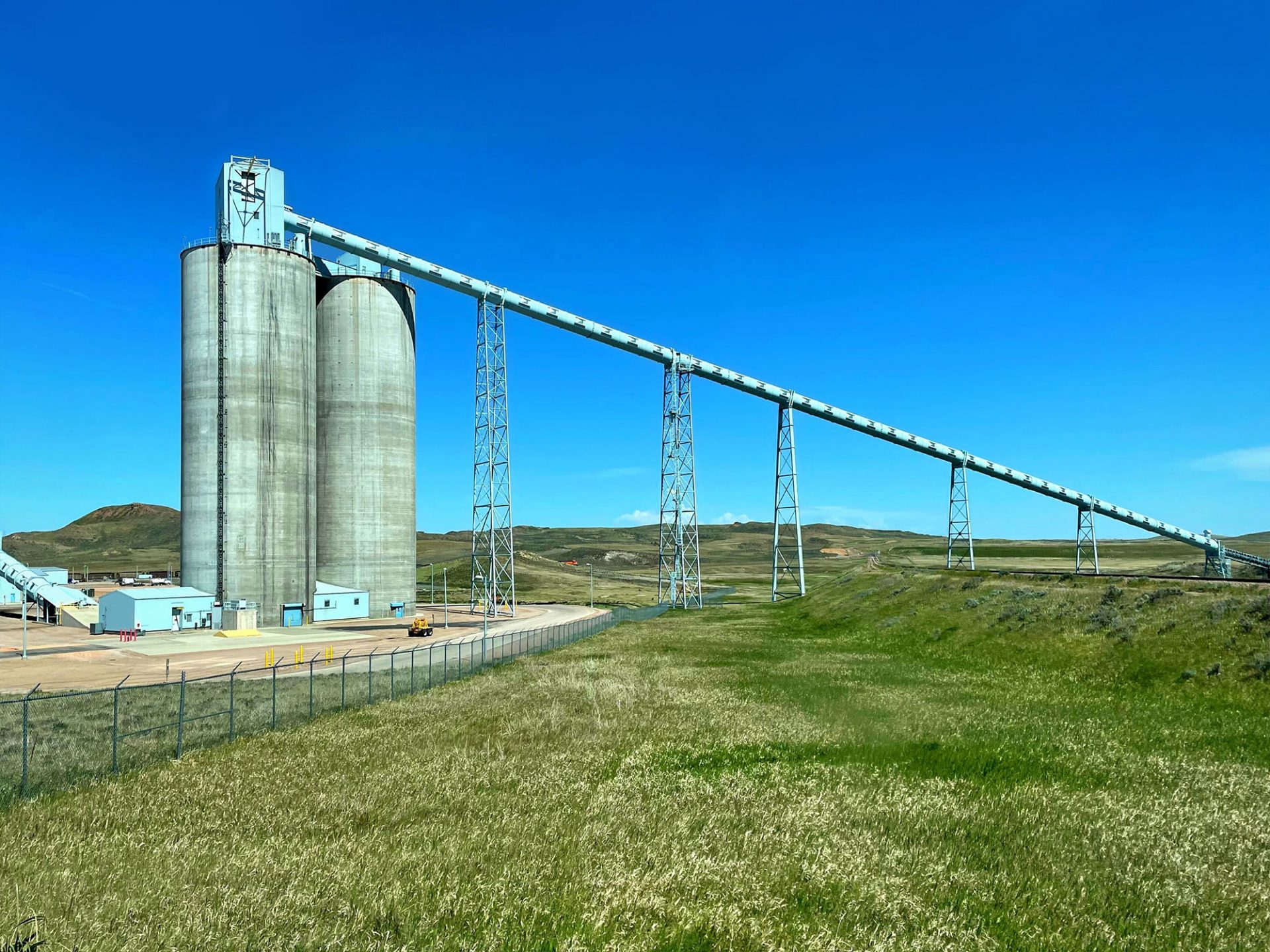Wyoming CarbonSAFE Project Drills A Second Deep Test Well

The Wyoming CarbonSAFE Project – aiming to tackle emissions from the coal industry and sustain it as relevant in the state, reached another milestone. In collaboration with Basin Electric Power Cooperative and led by the University of Wyoming School of Energy Resources (SER), the project team recently started drilling a second deep test well for site characterization.
The Wyoming CarbonSAFE Project is one of the thirteen original carbon capture, utilization, and storage (CCUS) project sites in the US, funded by the DOE with the purpose of ensuring carbon storage sites will be ready for system deployment.
Wyoming is the top state producing coal in the country. Half of the electricity generated in the US comes from coal-fired sources, and approximately 40% of the coal comes from Wyoming. The coal industry contributes more than $1.2 billion annually to the state’s economy.
The drilling of the test well is happening at Basin Electric’s Dry Fork Station near Gillette and has begun on December 23rd. It is expected to convey valuable information to fully characterize a second carbon storage site.
The project is divided into three initial phases. The second phase investigated the storage complex feasibility with the drilling of a test well at the site and a 3D geophysical survey. The first well was completed at a total depth of 9,873 feet. Around 625 feet of core samples from nine different geological formations were collected for analysis, which has now been concluded.
According to the results, the geology located below the Dry Fork Station is suitable for commercial-scale geologic storage. The second well would allow researchers to gain valuable data and fully characterize the geologic layers of the subsurface site, including the target storage reservoirs and the caprock seals. It is also expected to provide data to help the team design a testing program to measure the response of CO2 injection.
“We are so fortunate to be able to drill a second well at the study site. For the long term, we propose that this is the best way to optimize the injection of carbon dioxide in the three deep geologic formations that our technical team has characterized at the site. All of this will help us address remaining challenges for future commercial activities,” said Fred McLaughlin, co-principal investigator of the project.